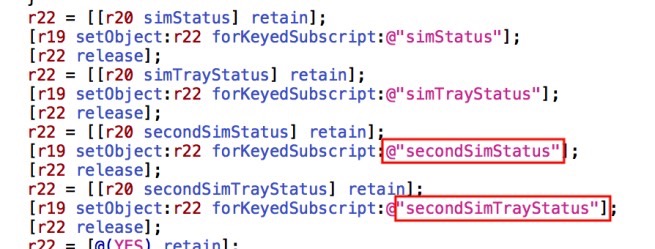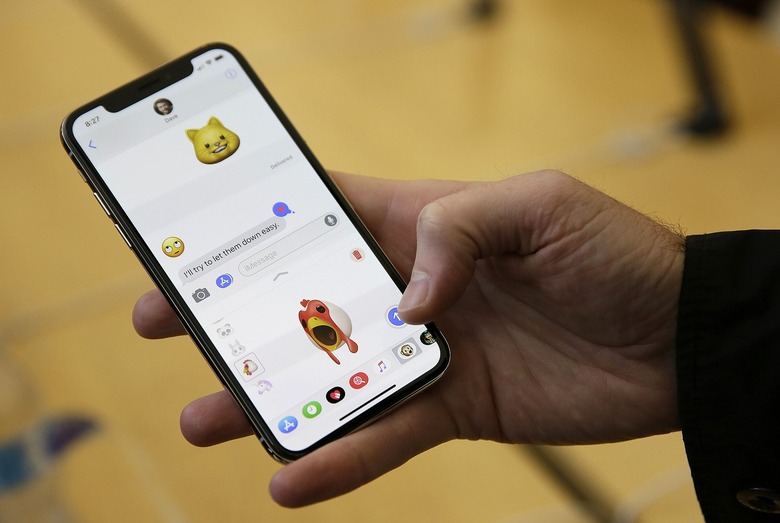New iOS 12 Beta Confirms One Of The Best Features Of This Year's New iPhone Models
Apple on Monday released iOS 12 beta 5, which brings over a bunch of new features and improvements, although there are no new significant features to talk about.
Well, there are no new significant features that regular beta testers will notice. But buried inside the code are elements that confirm one of the best feature coming to this year's new iPhones.
Rumors from different sources claimed over the past few months that at least one of the 2018 iPhones would come with dual-SIM support. Apple never mentioned the feature at WWDC 2018 in early June, but 9to5Mac found code in iOS 12 beta 5 that confirms iPhones are going to get a second SIM.

As you can see in these images, the code contains references to a "second SIM status" and a "second SIM tray status," and a "dual SIM device" is also mentioned. In other words, Apple is preparing iOS 12 to run on devices that support multiple SIMs.

The code also indicates that some iPhones will come with trays that will accommodate two SIM cards. Previous reports said that dual-SIM iPhones would come in two versions, including phones that will use two physical SIM cards, and phones that will combine a regular SIM with an eSIM.
Android device makers have been offering dual-SIM phones for years, especially in Asian markets including China where it's common for consumers to use multiple SIMs. But Apple never made dual-SIM devices, which means they'll probably be incredibly popular in various developing markets, not just Asia.
